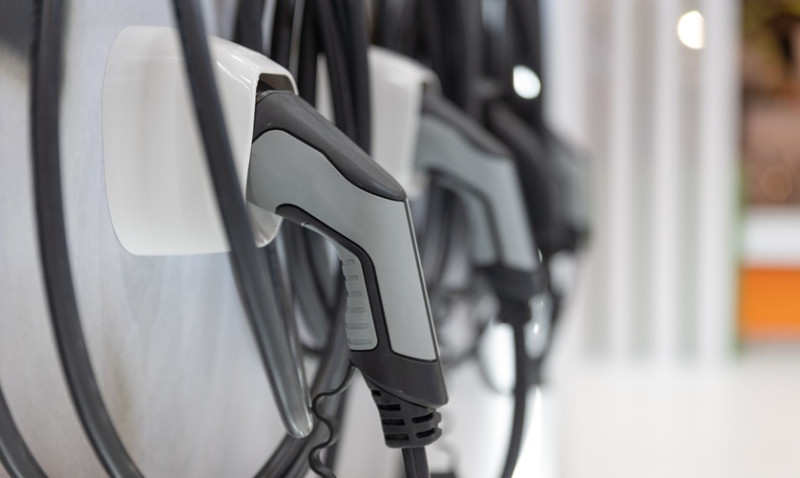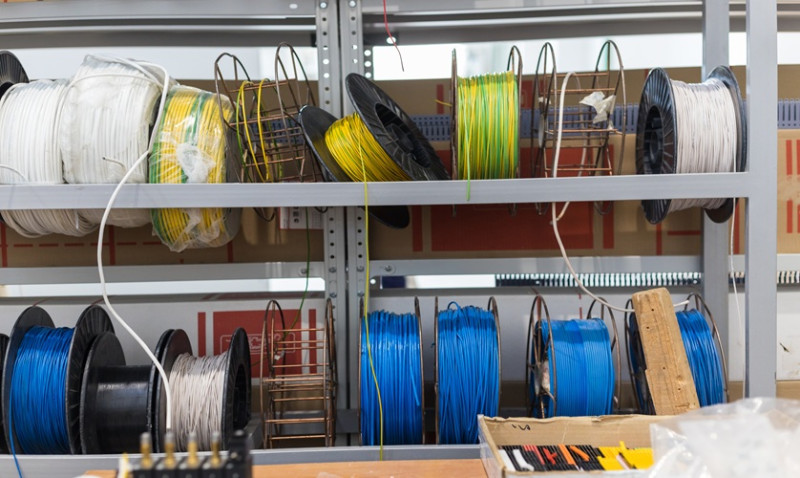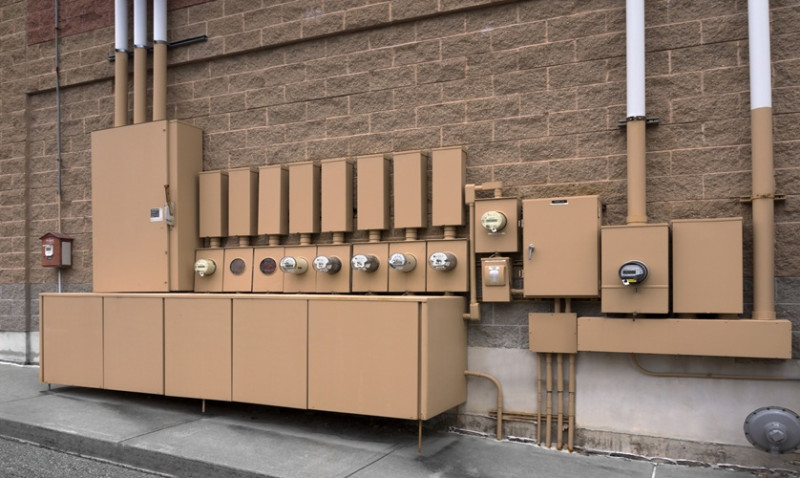
Whether you're a passionate DIYer upgrading your home, a young professional redecorating your flat, or a trade expert fitting premium fixtures in a client’s new build, understanding the best and worst practices for charging your cordless tools and devices is essential. Not only can good charging habits extend the life of your batteries, but they can also save you money, enhance safety, and ensure your equipment is always ready to perform when you need it most.
In this article, we’ll walk you through industry-recommended charging practices, spotlight common mistakes made by both casual users and seasoned professionals, and share practical tips tailored for UK homes and worksites. From choosing the right charger to smart storage solutions, this guide ensures your charging habits are both efficient and safe. Let’s plug in.
Best Charging Practices for Tools & Devices
Battery technology has advanced rapidly, especially with the prevalence of lithium-ion batteries. While they’re more robust and long-lasting than older nickel-based cells, they still require thoughtful care. One of the top best practices is to always use the manufacturer-recommended charger. This ensures proper voltage regulation and prevents overheating, overcharging, or irreversible damage to your battery cells.
Charging in a dry, well-ventilated area is also crucial. This helps prevent overheating and allows the charger’s internal cooling systems to work effectively. Many garages and workshops in the UK are prone to damp conditions, especially in winter months. If possible, mount your charging station off the ground and away from exposed brickwork or condensation-prone corners.
Another best practice is maintaining moderate temperatures. Avoid charging your batteries outdoors on chilly Yorkshire mornings or during heatwaves in a conservatory. Lithium-ion batteries perform best between 10°C to 30°C. Charging outside this range not only reduces efficiency but can degrade the battery faster.
For those managing fleets of tools, such as architects or site managers equipping an entire crew, implementing a charging rotation system can help avoid battery neglect. Regular cycling ensures even usage and reduces the risk of letting some batteries go flat for too long, which can harm their ability to hold a charge.
It’s also best to unplug once fully charged. Most high-quality chargers feature auto shutoff, but it’s still a good habit to remove the battery when charging completes. This conserves electricity and keeps your station clear for the next tool in need.
Worst Charging Habits to Avoid
One of the worst mistakes is leaving batteries plugged in 24/7. Constant trickle charging can generate heat and stress the battery’s internal chemistry, slowly eroding its performance. Long-term, this also increases the risk of swelling or leakage – potentially hazardous outcomes especially in indoor environments.
Another common mistake is charging immediately after heavy use. Batteries heat up during operation, and placing a hot battery on charge can push its internal temperature beyond safe limits. Always give your battery a few minutes to cool down before charging – much like letting your kettle boil before pouring your tea, timing makes a difference.
Avoid mixing chargers and batteries from different manufacturers unless specifically stated as compatible. While the fittings may look similar, power regulation and system architecture often vary. Incompatible charging risks include power surges, permanently damaged cells, and in some cases, fire — definitely not a risk worth taking for the sake of convenience.
Don’t store or charge batteries in extreme environments like lofts prone to freezing or next to radiators in tight cupboards. Variances in temperature can cause condensation inside the casing and damage both the battery and its internal protections.
And perhaps most overlooked — never attempt to repair or modify a battery pack yourself. We've seen enthusiastic DIYers try to replace cells or bypass charging circuits, only to end up with an unstable, risky unit. Leave repairs to certified professionals or replace the battery entirely.
Charging Multiple Devices: Creating a Safe & Efficient Station
With most UK homes and workspaces limited on space, creating an organised charging station is more critical than ever. Consider setting up a dedicated area with multiple sockets or a surge-protected power strip, ensuring each charger has proper airflow and is easily accessible.
Wall-mounted shelves or pegboards with labelled hooks help keep things tidy and prevent tools from cluttering your worktop. For trade professionals on-the-go, using a heavy-duty carry case with heat-resistant foam can keep your batteries and chargers organised during travel and deployment.
Smart timing is also a useful tactic. Charging overnight may seem convenient, but it can lead to unnecessary wear if the battery only needs topping off. Instead, plug in during active hours and allocate 2–3 hours per battery, using timers if required to prevent prolonged charging unattended.
Using a battery management system or log (digital or simple wall chart) helps ensure batteries are rotated properly. This system is especially useful on busy worksites where tools are shared or leased — improving both battery longevity and worker accountability.
Battery Storage Best Practices
Good charging practices must be paired with mindful storage. A charged battery sitting idle in a damp shed or cluttered drawer is just as vulnerable as one being overworked.
Store batteries in a cool, dry location away from direct sunlight and away from metal objects that could cause a short circuit. Ideally, use original cases or custom containers designed with individual compartments and padded interiors.
For batteries not being used for an extended period — such as seasonal outdoor power tools or backup kits — aim to store them at around 50-70% capacity. Fully charged or completely flat batteries stored long-term are more prone to degradation.
Finally, check storage areas periodically, inspecting for signs of rust, swelling, or unusual odours, which could indicate cell damage or leakage. A quarterly inspection goes a long way in maintaining a safe workshop.
Quick Reference: Best vs Worst Charging Practices
| Best Practices | Worst Practices |
|---|---|
| Use original or manufacturer-approved chargers | Mixing chargers from different tool brands |
| Charge in well-ventilated, dry spaces | Charging in damp sheds or poorly ventilated cupboards |
| Let battery cool before charging | Placing hot batteries directly on charge |
| Unplug once full | Leaving batteries on charge 24/7 |
| Use a designated charging station | Random charging areas cluttered with tools and clutter |
| Regularly check battery condition | Ignoring signs of wear or physical damage |
Conclusion: Charge Smarter, Work Safer
By adopting these proven charging practices and avoiding critical mistakes, you maximise battery life, save money, and ensure your tools are always performing at their best — whether you’re fitting downlights for a London townhouse or assembling a bespoke shelving unit in your Birmingham flat.
Smart charging isn’t just about electricity — it’s about reliability, safety, and long-term performance. So next time you power up, remember: how you charge matters just as much as what you charge.
Looking for high-performance cordless tools, reliable chargers or battery storage solutions? Explore our full range online or visit our showroom – your ideal build starts with a solid charge.






